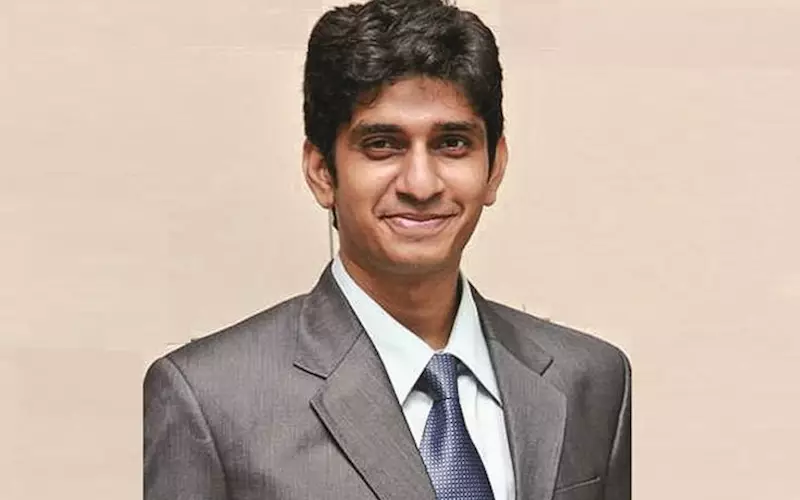Sriraam Selvam: A handful of tips from India's topmost brands
Print, they say, is on the backfoot. My question is: if print is unpopular, what is popular? I am informed it is YouTube, Facebook, TikTok and WhatApp. Armed with this insight, I look at a recent study, which looks at Asia's top thousand brands and India's top 100 brands, according to consumers.
09 Oct 2019 | By Sriraam Selvam
The study informed me, India has the largest and fastest-growing audience for YouTube. But, in the top 100, the YouTube brand ranks at a lowly 73. This is an improvement, considering that the brand was not even in the top 100 in the last year’s edition of the study. The Indian obsession with social media does not do any wonders to the ranking of Facebook. The Mark Zuckerberg tech corporation drops 10 places to settle at rank 41.
India is obsessed about TikTok and WhatsApp, but these brands find no spot in the top 100. Only Instagram appears in the top 100 at the 81st rank — it was not in the top 100 last year.
Dentsu Webchutney's Sidharth Rao's new book (How I Almost Blew It) has been published this month. A serial digital entrepreneur, Rao co-founded Webchutney at the age of 19, which was acquired by Japanese advertising giant Dentsu in 2013. The book is important for the thought leaders in the print industry because it has a spotlight about the country’s most successful entrepreneurs who created brands such as Zomato, FreeCharge and BookMyShow.
At a recent meet, Sidharth Rao had three suggestions for those wanting to get digital:
- The consumer is a human being
- Ideas are based on analytics, insights and truth
- Digital allows amplification, reach and authenticity at scale
While I heard him, I realised, all these three points can be applied to print, too.
So what should we do – and where are we heading?
Ashish Bhasin, CEO APAC and chairman India, Dentsu Aegis Network, has a thing or two to say. He says, "After India opened up its economy in 1991, there have been few local brands that have grown from strength to strength. In the corporate sector, Indian businesses have been successful, but there have been fewer examples of consumer brands at scale. We can certainly see a lot more than the Ola’s." The cab aggregator Ola has raced ahead at top speed into the top five — the only local brand to find parking space at the top of the Top 100 Indian Brands.
Bhasin adds that in the FMCG space, which accounts for a large part of marketing spends, there have been hardly any newer brands — but FMCG marketers have been relying heavily on variants. In the financial services space, SBI emerges as the top Indian financial brand, at number 36. ICICI Bank drops from 41 to 46, while HDFC Bank sees a huge downward spiral to 69th rank (it occupied the 47th rank in 2018).
Returning to the brand survey, the fastest risers in this year’s edition include Mother Dairy that rises the ranks from 87 to 50 and Baba Ramdev’s FMCG brand, Patanjali, which races ahead from 45 in 2018 to 13 this year.
In the top 10, other than Ola, foods major Amul, which was at number four last year, dropped two spots to settle at number six. Retailer Big Bazaar has also lost two ranks and settles in at number 10. Meanwhile, homegrown retailing giant, Flipkart, tanks from the 30th position to 57th rank. In the airline space, Air India might not exactly be in the pink of health, but it’s the top-ranking local airline brand in the study at number 31, an improvement of eight ranks from its previous year’s position. And Jet Airways, which may be officially out of business, remains in the top 100 even as its ranking nosedives from 65 to 76. The airline that benefitted the most from the mayhem in Indian skies is Indigo, which drops a rank in order to settle at 85.
The point is, local brands might be on a slow track as far as India is concerned, but the story is far from over.
Sriraam Selvam is the associate editor of PrintWeek India as well as WhatPackaging? magazines











 See All
See All